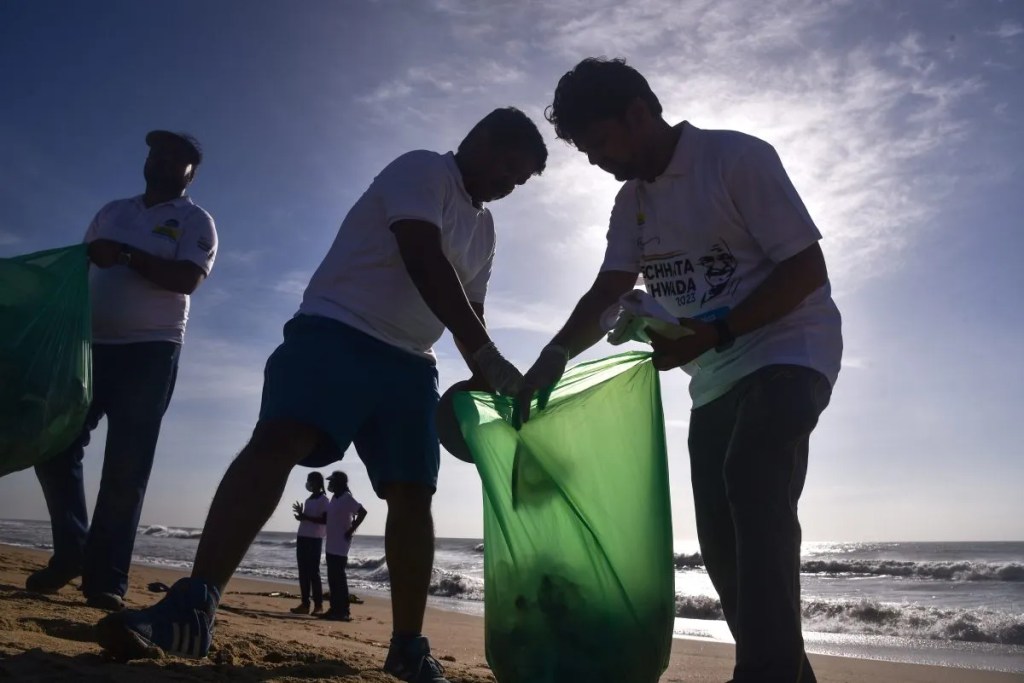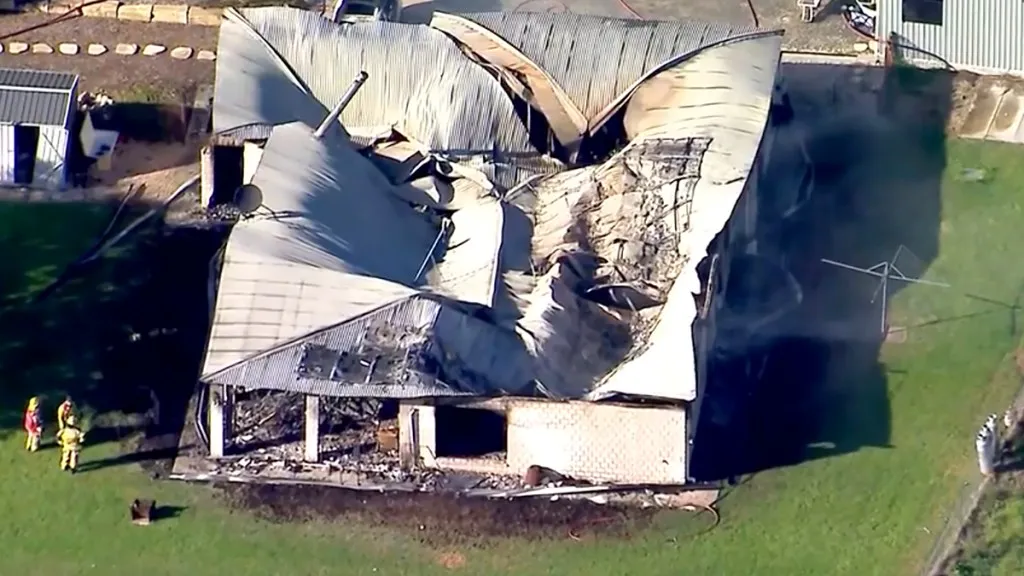Queensland scientists discover how to turn plastic waste into ‘miracle’ microplastic
Australian scientists have worked out how to turn microplastic pollution into a harder-than-diamonds material in high demand from industries around the world.

James Cook University researchers are quietly delighted with their breakthrough and believe they’ll soon be able to scale up production to make commercial quantities of graphene.
Scientists who understand the graphene’s extraordinary properties describe it as a magic, miracle material.
At just one atom thick, it’s harder than diamonds and 200 times stronger than steel, yet five times lighter than aluminium.
Graphene is also transparent and better than copper at conducting electricity, making it much sought by the likes of tech giants, space agencies and medical device manufacturers.
Researcher Adeel Zafar is relishing proof that trash can become treasure at an unmatched production rate of 1mg of graphene from 5mg of microplastic waste.
“This is remarkably higher than achieved previously, and offers a simpler, more environmentally friendly alternative to current techniques,” he said.
The milestone research provides a partial solution for the growing scourge of microplastic waste, small particles that enter the environment as larger plastic objects break down.
“Once they are in water they are ultimately integrated into both marine and human food chains. Disturbingly, microplastics disrupt marine life and coral reproduction,” he said.
Microplastic particles also act as magnets for other pollutants, compounding the harms they cause.
Stay informed, daily
Fellow JCU scientist Mohan Jacob says researchers ground up plastic bottles into microplastics and used a new atmospheric pressure microwave plasma synthesis technique to convert it into graphene.
“The research not only pioneers a novel approach to graphene synthesis but also contributes to the broader goal of mitigating the adverse effects of microplastic pollution on our ecosystems,” he said.
The research has been published in the peer-reviewed journal Small Science.




